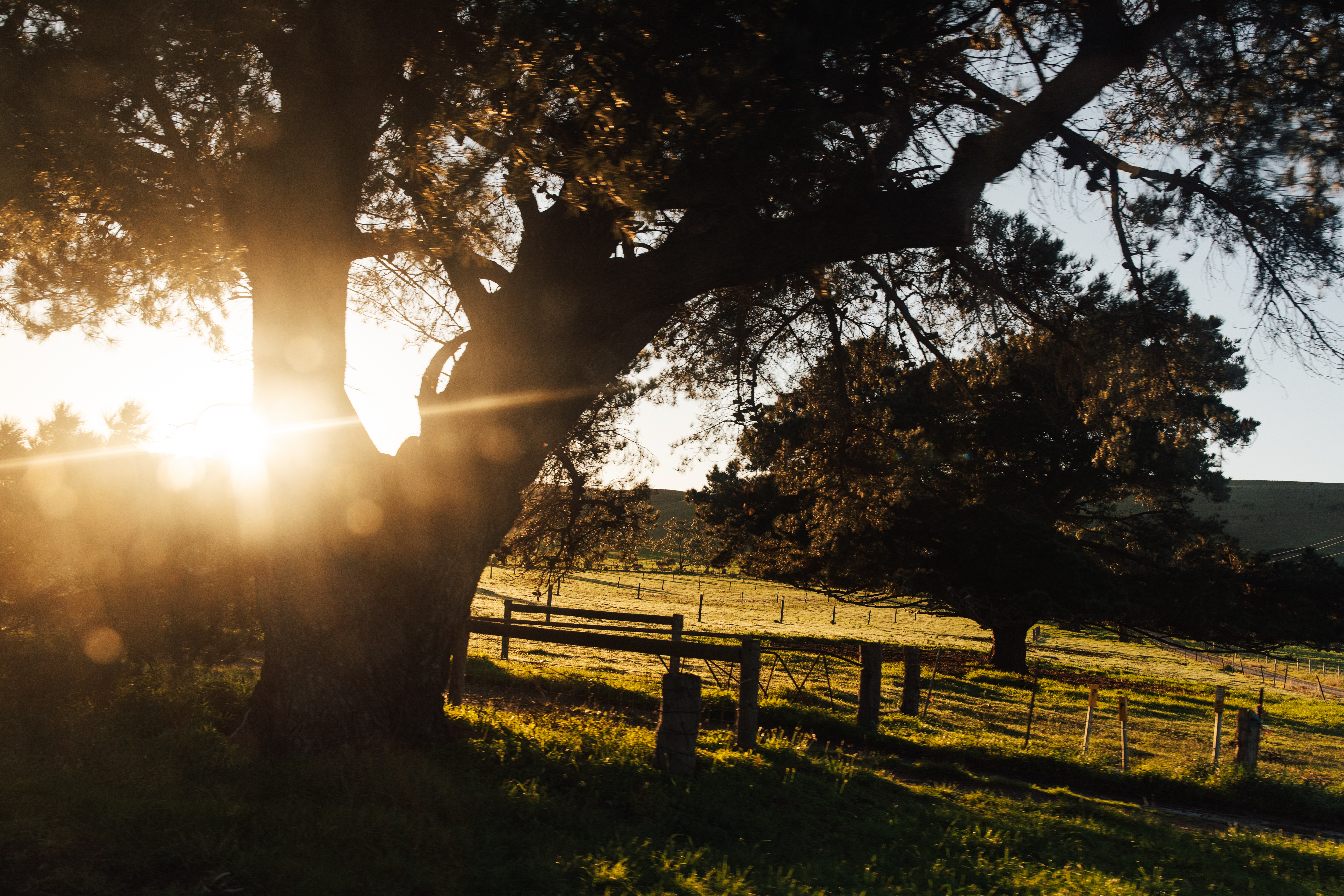
Livestock SA reminds producers to ensure LPA changes roll out to producers
Biosecurity is front of mind for many producers this month, with changes to the Livestock Production Assurance Program occurring from October 1.
Changes require producers who register with LPA to ensure all on-farm practices meet LPA program requirements, which now includes biosecurity and animal welfare requirements. Producers will be required to complete a LPA assessment, and pay a $66 accreditation fee during a three-year cycle. They will be notified of the timing of this payment two-months before it is due.
As part of the changes, Livestock SA have run a series of LPA and Biosecurity Workshops across the state, with about 500 producers, agents and industry stakeholders attending the sessions so far. These sessions have been held to make sure producers are aware of the changes and help them to take the steps to work through the requirements. The workshops were delivered in partnership with Cattle Council of Australia, Sheepmeat Council of Australia and Meat & Livestock Australia.
LPA underpins the fact that Australia produces good quality, wholesome, safe red meat. It’s important that everyone gets on board as it’s all about maintaining our access to international markets.
As part of the LPA changes producers will need to put together a biosecurity plan. This biosecurity plan also has the potential to tie in with PIRSA’s One Biosecurity program, which will be launched in 2018. It will be a free and voluntary statewide approach to better manage, protect and promote strong biosecurity across SA and will allow producers of beef cattle, dairy cattle and sheep to go online and register, manage and check their farm biosecurity status.
One of the questions raised at workshops has been on signage, and visitor access to properties. While signage can be useful, it is not required in a biosecurity plan under either LPA or J-BAS.
However, your biosecurity plan does need to incorporate ways in which you can manage the potential risk of visitors. For example, if you have an agent visiting your property get them to jump in your ute rather than using their vehicle to drive out across paddocks to view livestock.
If instead, your visitor is Auntie Mabel heading to your house for morning tea, the biosecurity risk is generally relatively low. Alternatively, if you run an on-property sale and use a paddock to park cars, the risk can be somewhat higher, in this case it is important to take note of the paddock and assess the biosecurity risk straight after your sale.
We are also working with organisations such as the SA Power Networks to make sure they are aware of these changes when they go to access properties.
If producers choose to use a sign, they can use any sign that fits their needs, whether this is a standard sign or otherwise. Signage can be used to notify people entering your property that they are entering a food production area.
It’s about taking responsibility for risks, whether these may be potential diseases, weeds or otherwise, and working out how to best manage them. It’s not about risk avoidance, it’s about risk management.
Producers who have limited access to internet are asked to call the LPA hotline 1800 683 111 and have the materials posted out.
There is an opportunity to use eNVDs through the LPA program, but this is not a requirement and producers can still use forms through the print version of the booklet.
Finally, I would urge anyone wanting to find out more, or who perhaps wanted a LPA and Biosecurity workshop to be held in their region to get in touch with Livestock SA on 08 8297 2299 or email [email protected]
– ANDREW CURTIS, Chief Executive Officer, Livestock SA
